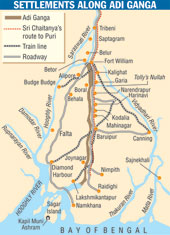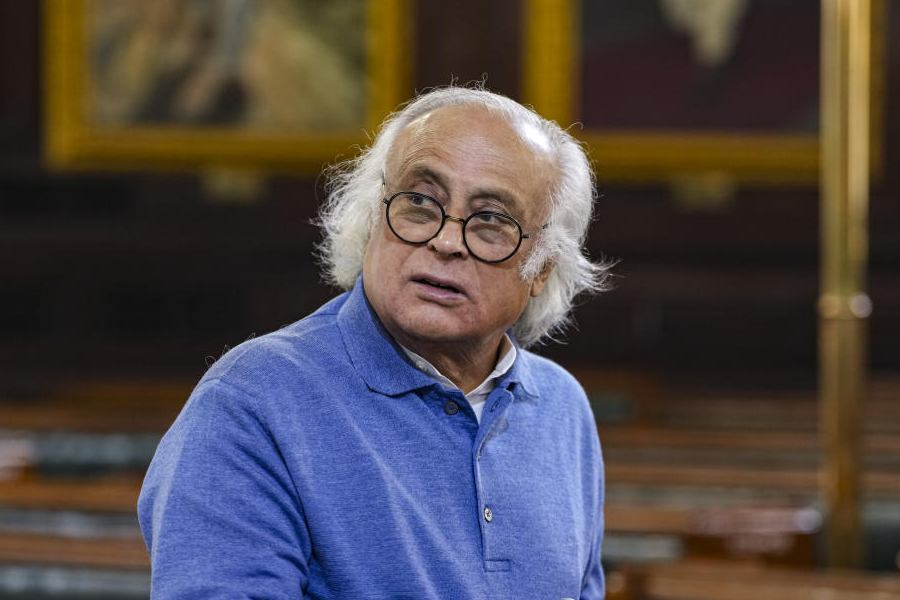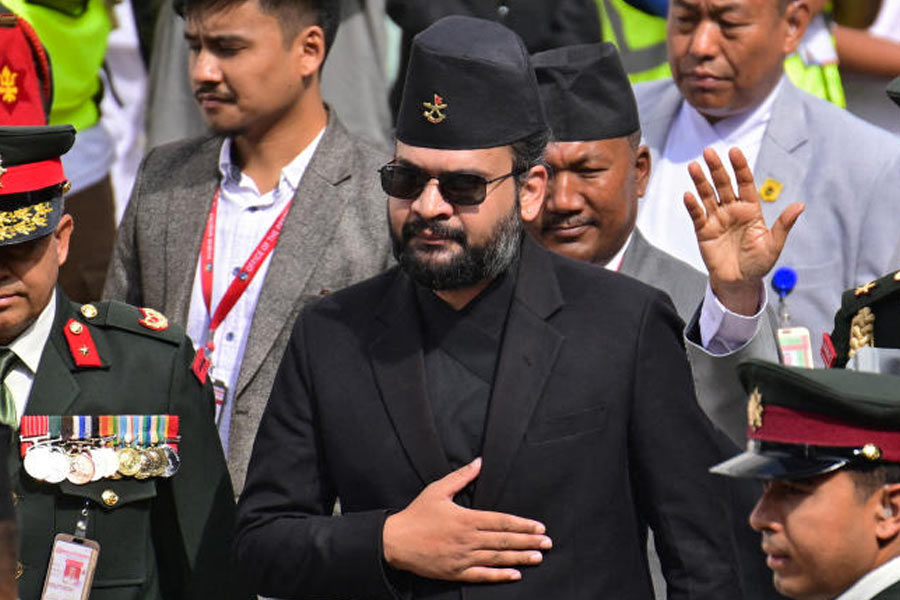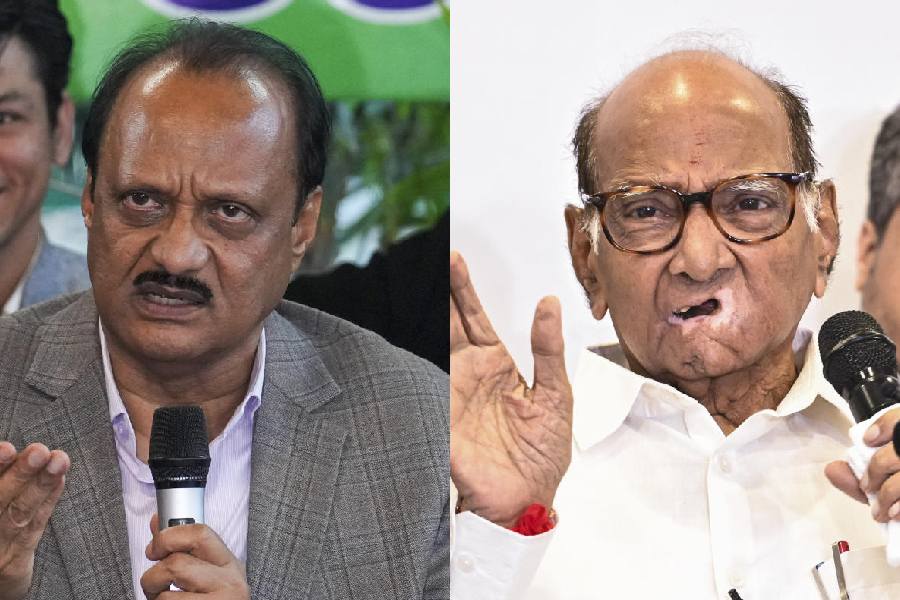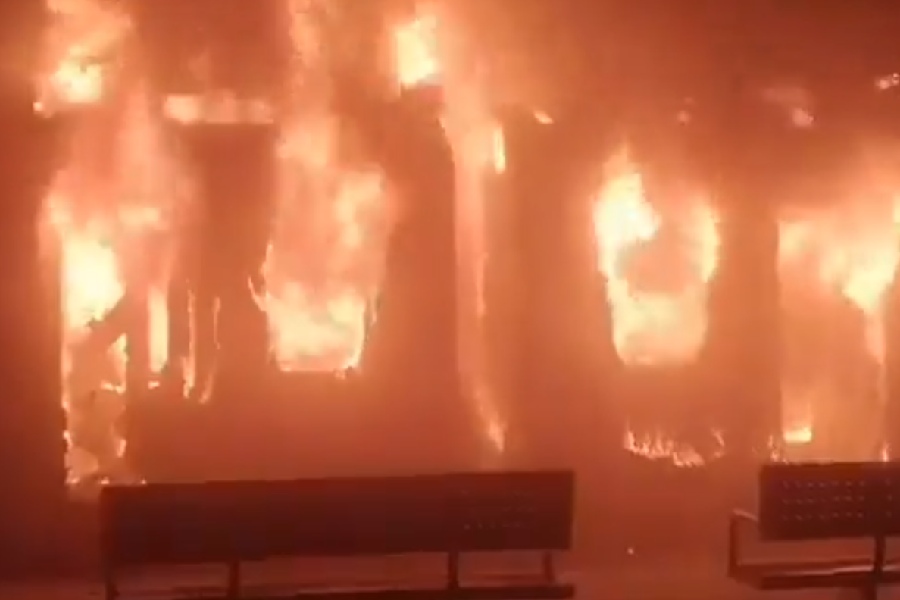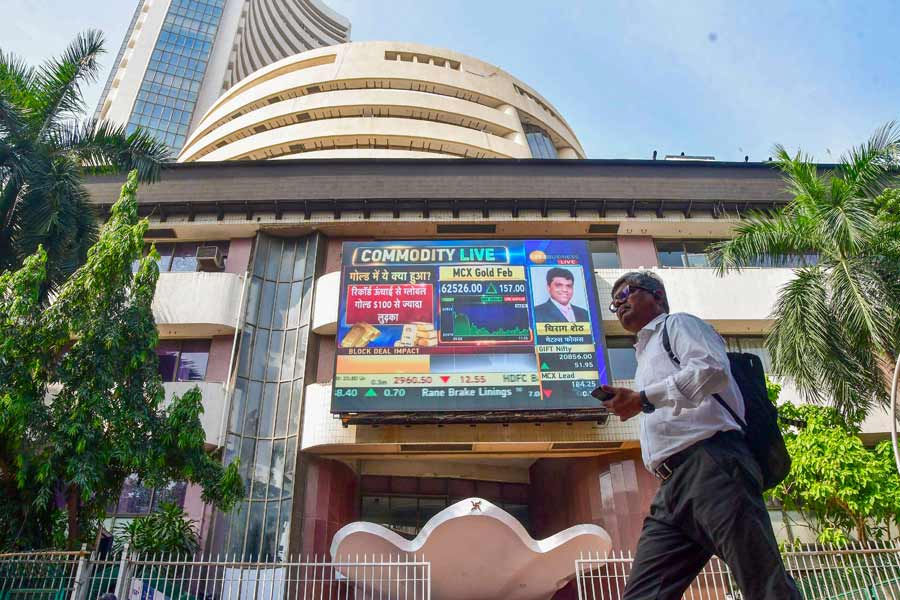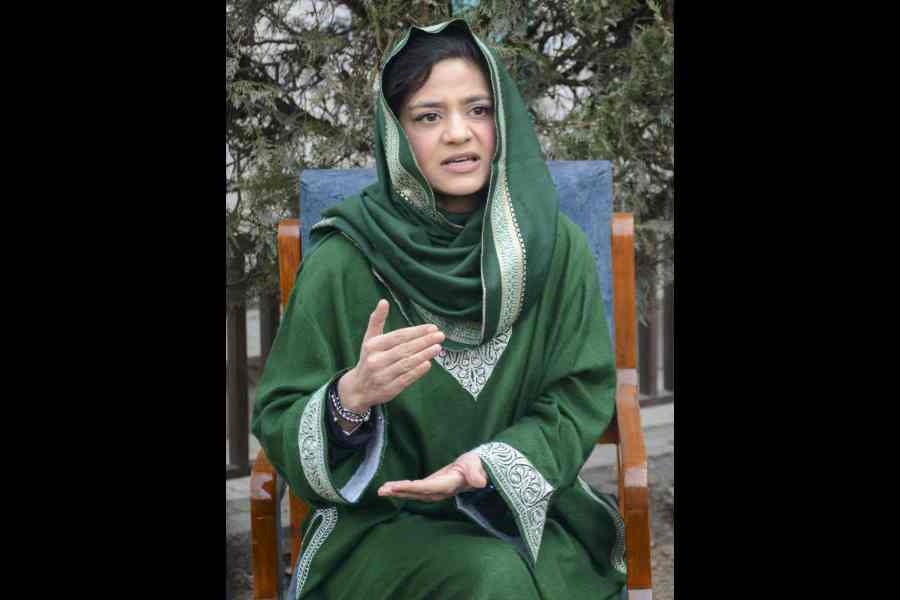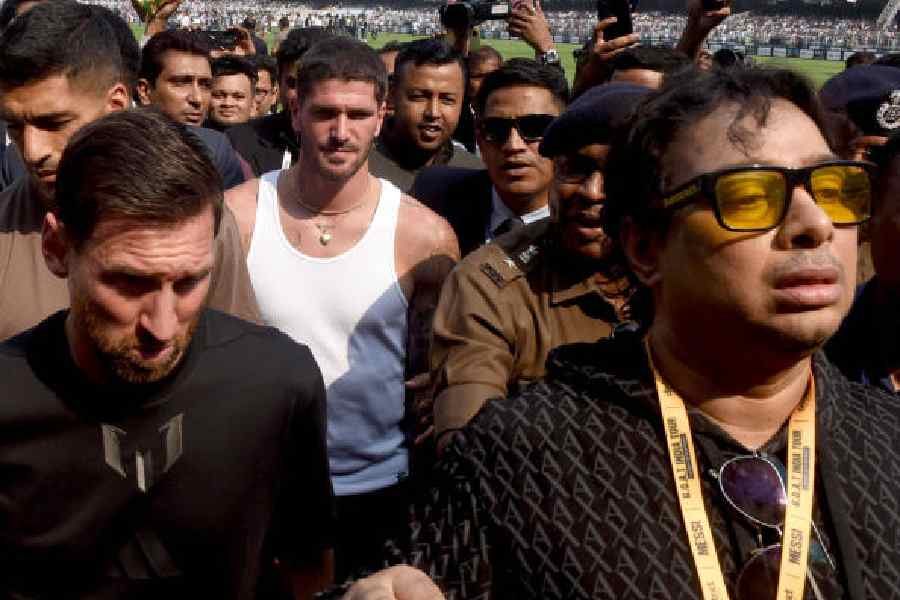 |
Prasit Ray Chowdhury is a pedagogue of the old school. He is single, 75 years old, and lives in a small house at Rajpur. His lifestyle is spartan and he seems to be immune to the lures of consumerism. Electricity is a necessity, but only after dark. But his inner life should be startling, opulent and dramatic, coloured by the glories of India in times past, myths and legends and a passion for Adi Ganga. This river once flowed through what is now called South 24-Paragans and emptied into the Bay of Bengal, and along whose course flourished ancient civilisations and populaces, many of which exist to this day.
However, Ray Chowdhury is not a man who lives in the past, although his research is steeped in history. Apart from innumerable articles he has two books to his credit. The first, titled Banga Sanskriti Katha and published in 1969, won accolades from the likes of Sunit Chattopadhyay and Sukumar Sen. The second titled Adi Gangar Tire published in 1988 is about the river that once flowed past Kalighat. Sadly, both books are out of print and Ray Chowdhury is now trying to get them back in circulation.
Ray Chowdhury says his family has lived in the Rajpur area for several generations and although their actual surname is Datta, they received their title from the nawab of Murshidabad. “I used to hear stories about Adi Ganga from my grandmother. Behula floated on this river with her husband Lakhindar’s corpse after he died of snakebite. The temple of Lakhindar still stands in Boral burning ghat. It is a fascinating river,” says Ray Chowdhury.
His thesis on “Sri Chaitanya and national integration” included a chapter on Adi Ganga. It may be a runnel now but once it was a mighty river. At Prayag in Allahabad, the three rivers Ganga, Yamuna and Saraswati (exists only in name) form a braid. Thereafter, the Ganga flows though Uttar Pradesh and Bihar and down Rajmahal in Bengal until it reaches Tribeni. He quotes Satyendranath Datta’s famous lines: “Muktabenir Ganga jethay mukti bitare range/Amra Bangali baas kori sei tirthe — barada Bange”. Paraphrased, it means “We Bengalis live in the blessed land of Banga, where the unbraided Ganga playfully distributes freedom.”
From Tribeni, the Ganga flows in three strands — towards the east in Bangladesh as Yamuna, to the right as Saraswati and midways as Adi Ganga. Past Fort William, Adi Ganga wends its way in the south-easterly direction past Kalighat and Tollygunge and the ancient temple of Karunamayee (rebuilt in recent times) and then turns towards the south. Near Tollygunge is Tolly’s Nullah, which links with Vidyadhari river. Thereafter, Adi Ganga reaches Baishnabghata and then Boral and southwards to Mahamayatala. Leaving Mahamayatala behind, it hits Narendrapur, and the Rajpur, Harinavi, Kodalia, and Changaripota (now Subhasgram) and flows to Mahinagar and Baruipur, and gradually reaches Joynagar and Majilpur. Ultimately, Adi Ganga flows into the Bay of Bengal, and on Sagar island is located the shrine of the sage Kapil. Ray Chowdhury knows the course like the back of his hand.
Years ago, Ray Chowdhury had discovered two old maps in National Library. The earliest one by the Portuguese, Jao de-Barros, dated back to 1550, and the other by the Dutchman, Van Den Brock was of 1562 vintage. In both maps Adi Ganga was about 3 km wide, and Portuguese pirates used this route to plunder and pillage south Bengal. Pratapaditya held sway over this region. His general, Madan Malla, used to confront these pirates.
The strand of Adi Ganga was known as Jangal and it was down this path that Sri Chaitanya along with four companions trudged from Nabadwip to Puri. According to Chaitanya Bhagabat, when he reached Atisara village (now Baruipur) he spent the night (14th Falgun, 1510) singing kirtan in the hut of Sadhu Anantaram. This tradition of singing kirtan continues in Baruipur for 500 years. A temple has come up on this spot. Thereafter, Chaitanya went southwards and with the help of the fouzdar, Ramchandra Khan (Ghosh) crossed Satamukhi river and reached Puri via Midnapore.
Ray Chowdhury named some populaces along Adi Ganga. Boral, where a 7th century ironstone (kashthipathar) image of Narayana and a 12th century image of Tripursundari Debi were found; the 13th century Kali temple of Mahamayatala; Madan Malla’s Anandamoyee temple in Rajpur where Bibhutibhusan Bandopadhyaya had written his Chander Pahar; Nabin Ghosh’s Durga temple in Harinavi; the home of Netaji’s ancestors in Kodalia, which was also the birthplace of M.N. Roy; and Changaripota (Subhasgram) where Netaji’s ancestor, Purandar Khan, had excavated a huge water body in early 16th century.
By 1771, however, Adi Ganga had shrunk and in the surveyor Ranell’s map it is only a faint line. Although the river has dried up, it has left behind several water bodies along its course that still serve as Ganga surrogates. “The water of these ponds does not turn putrid for a year. There is no scientific explanation for this,” says Ray Chowdhury.
In 1860 Dinabandhu Mitra in his poem Suradhuni wrote: “Rajpur, Kodalia, Malanchanagare/Gangar noyon nire Ganga ghore ghore.” The tears of Ganga are sprinkled in the homes of Rajpur, Kodalia, Malanchanagar.

